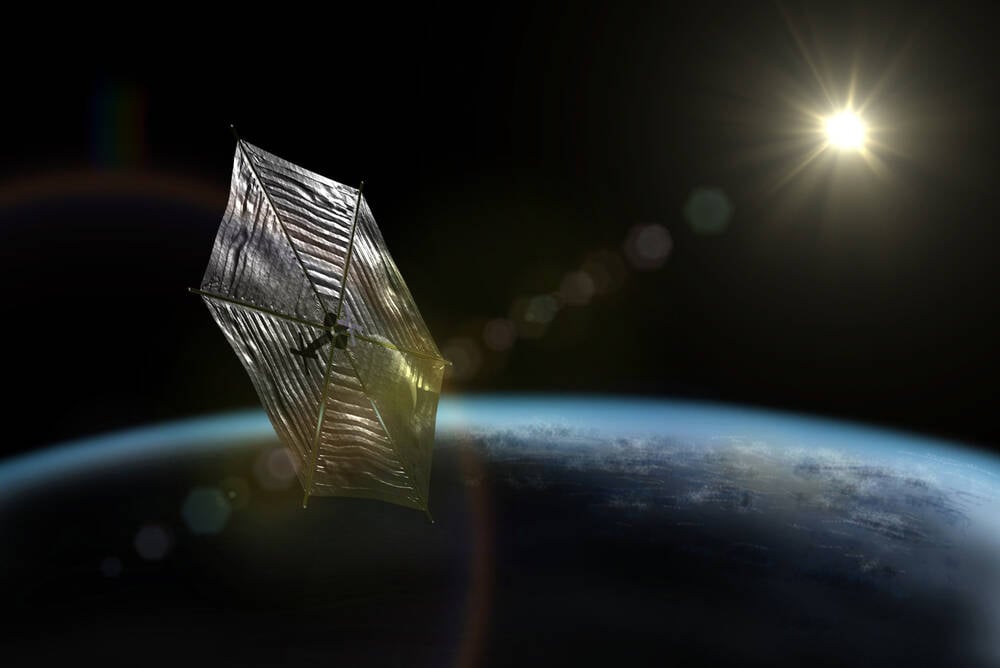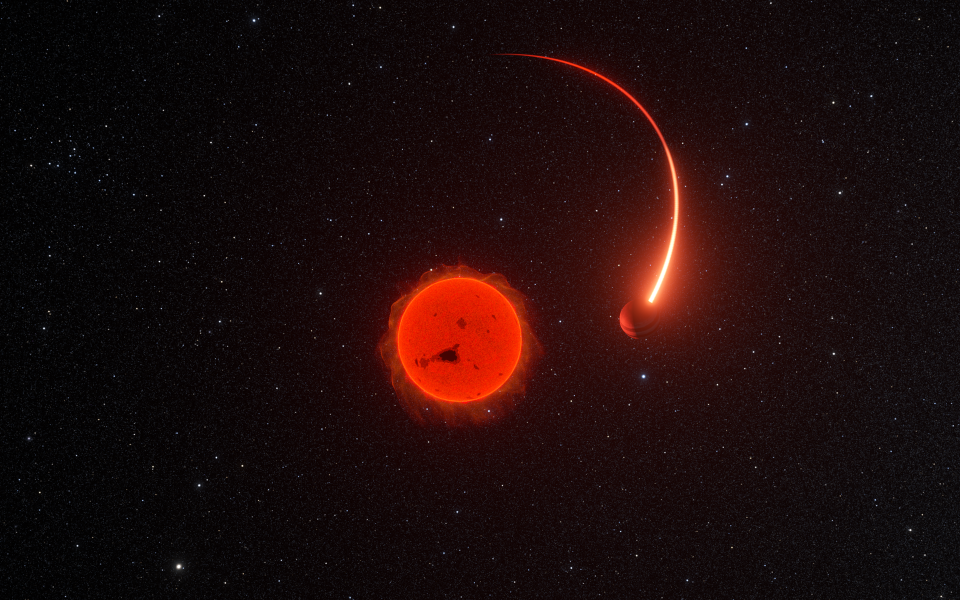Lightsail space tech gets tailwind from Caltech breakthrough – The Register

Centuries after Western explorers used sail power to discover a world hitherto unknown to them — although well known to people who already lived there — science fiction writers and engineers have wondered if space exploration might be similarly powered by lightsails.The idea of using light from a nearby star or remote laser to propel a spacecraft is already being driven forward by NASA research. The space agency last year successfully extended into orbit an 80 m2 sail designed to catch emissions from the Sun and convert them into propulsion for space exploration.Now a team of researchers based at the California Institute of Technology are testing a platform for measuring the performance of a group of ultra-thin membranes required to develop the solar sail technology to further mobilize miniature probes capable of interstellar travel.The team have been able to measure the tiny forces exerted on a small piece of membrane, as well has the effect of shining laser light on it at an oblique angle.The idea of a lightsail comes from the fact that radiation pressure represents a mechanical pressure acting on a surface due to the exchange of momentum between it and an electromagnetic field. Since Scottish physicist James Clerk Maxwell showed that light has momentum, it’s possible it could be used to drive forward an object in this way.In a press statement, Harry Atwater, the Caltech prof of applied physics and materials science whose lab is leading the research, said there were a number of challenges involved in developing a novel membrane that could ultimately be used as lightsail. It would need to withstand heat, hold its shape under pressure, and ride stably along the axis of a laser beam, if that were the means of propulsion.”But before we can begin building such a sail, we need to understand how the materials respond to radiation pressure from lasers. We wanted to know if we could determine the force being exerted on a membrane just by measuring its movements. It turns out we can,” he said.The work stems from a project started in 2016 by Stephen Hawking, the Cambridge cosmology professor and Brief History of Time author who died in 2018, and Yuri Milner, a Russian-born physicist and entrepreneur. They proposed the Breakthrough Starshot Initiative to scope out technologies needed to get a spacecraft to the nearest star system – Alpha Centauri. Various approaches to lightsails are just one of those technologies.In a paper published in Nature Photonics, the Caltech researchers examined the problem of measuring the radiation pressure from a remote laser source, while accounting for the interference vibration caused by the heat of the laser beam. They also wanted to measure the effects of the “sail” being at an angle to the radiation source.In their experiment, the researchers used a 50 nanometer thick microscopic silicon nitride membrane suspended on special strings. They also built an interferometer which can detect the interference of two laser beams, and account for the changes attributed to laser heat.”Ultrathin lightsails propelled by laser radiation pressure to relativistic speeds are currently the most promising route for flyby-based exoplanet exploration. However, there has been a notable lack of experimental characterization of key parameters essential for lightsail propulsion. Here we present a platform for optomechanical characterization and model development of laboratory-based lightsail prototypes,” the paper points out.The research team recorded a radiation pressure force of 70 femtonewtons from a laser with a power of 110-Watts-per-centimetre-square, accounting for interference with the common-path interferometry.”Moreover, we quantify the effects of incidence angle and spot size on the optical force and explain the non-intuitive trend by edge scattering,” the paper adds.Co-lead author Ramon Gao said: “The device represents a small lightsail, but a big part of our work was devising and realizing a scheme to precisely measure motion induced by long-range optical forces.”In the future, the team plans to use nanoscience and engineered materials to help measure and control the side-to-side motion and rotation of a miniature light sail hit by a laser. That tiny sail would be a lab prototype, vastly smaller than today’s deployed light sails. ®Send us newsThe Register Biting the hand that feeds IT
Copyright. All rights reserved © 1998–2025
Source: https://www.theregister.com/2025/02/03/light_sails_tech_paper/






